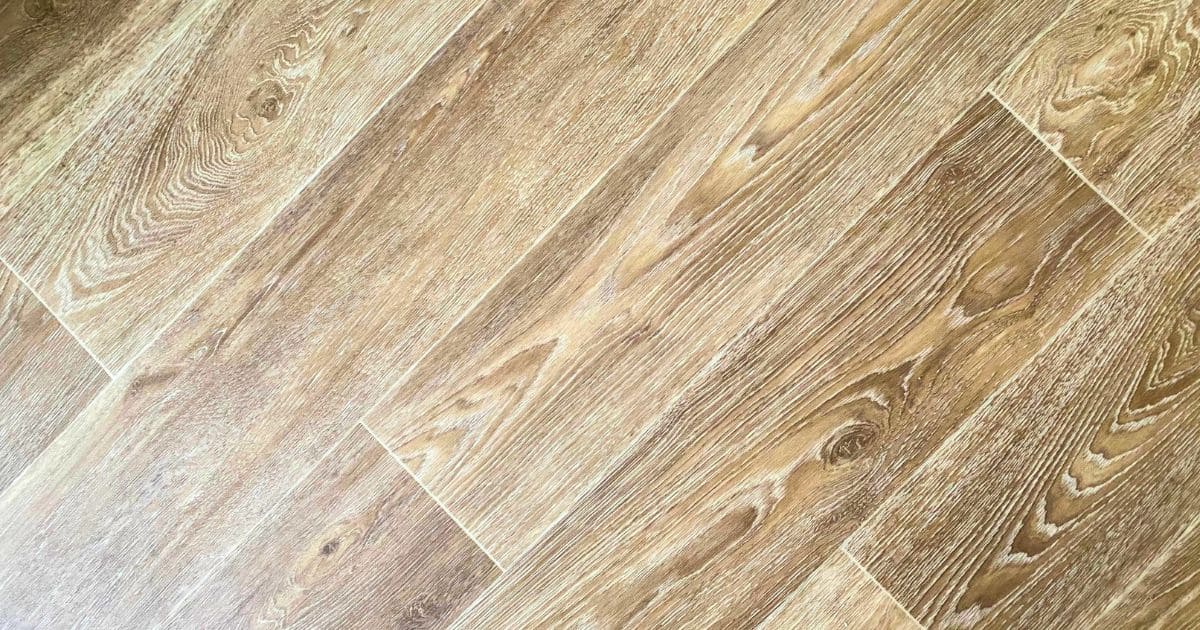Introduction
SmartCore vinyl flooring has gained popularity for its durability, water resistance, and stylish appearance, making it a preferred choice for many homeowners. However, like any product, it is not without its challenges. As more people have opted for SmartCore in 2024, various issues have surfaced that potential buyers should be aware of before making a purchase. This article delves into the most common problems faced by SmartCore vinyl flooring owners, providing insights into how to address these concerns effectively.
1. Installation Issues
One of the most frequent complaints about SmartCore vinyl flooring revolves around installation. Although the product is marketed as DIY-friendly, many homeowners find the process more complicated than expected. Problems often arise from improper subfloor preparation, which can lead to uneven surfaces and poorly aligned planks. If the subfloor is not entirely flat or clean, the vinyl may not adhere correctly, resulting in gaps or lifting edges over time.
Solution: Ensure thorough subfloor preparation by cleaning it of debris and leveling it properly. If DIY installation seems daunting, hiring a professional can help avoid these issues.
2. Peaking and Buckling
Peaking and buckling are other common issues with SmartCore vinyl flooring. These problems typically occur when the flooring is exposed to excessive moisture or is not given enough room to expand. When vinyl flooring is installed too tightly against walls or other fixed objects, it has no space to expand and contract, leading to peaking, where the edges of the planks push upwards, or buckling, where the entire floor lifts in certain areas.
Solution: To prevent peaking and buckling, it is essential to leave an expansion gap around the perimeter of the room during installation. This gap allows the flooring to expand and contract naturally without causing damage.
3. Scratches and Wear
Despite being marketed as durable, SmartCore vinyl flooring can still be prone to scratches and wear, especially in high-traffic areas. Furniture, pets, and heavy objects can all contribute to the development of unsightly marks and scuffs. Over time, even the toughest wear layers can show signs of degradation, which may lead to frustration for homeowners expecting long-term resilience.
Solution: To minimize scratches, use felt pads under furniture legs and avoid dragging heavy items across the floor. Regular cleaning with a soft broom or vacuum can help prevent dirt and debris from causing scratches. Additionally, consider using area rugs in high-traffic areas to protect the flooring.
4. Discoloration
Discoloration is another issue reported by SmartCore vinyl flooring owners. This problem can arise from exposure to sunlight, chemical spills, or even improper cleaning agents. Over time, areas of the flooring may begin to fade or change color, detracting from the overall aesthetic of the space.
Solution: To prevent discoloration, limit the floor’s exposure to direct sunlight by using curtains or blinds. Clean spills immediately and use cleaning products specifically designed for vinyl flooring. Avoid using harsh chemicals that could damage the floor’s surface.
5. Seams and Gaps
Seams and gaps are a common concern with SmartCore vinyl flooring, particularly when the planks are not installed correctly. Over time, the flooring may shift slightly, leading to visible gaps between the planks. This issue is especially problematic in areas with fluctuating temperatures or moisture levels, where expansion and contraction can be more pronounced.
Solution: Ensuring precise installation is key to avoiding seams and gaps. Make sure the planks are properly aligned and fitted tightly together during installation. If gaps do appear, they can often be remedied by gently tapping the planks back into place or using a seam filler.
6. Water Damage
While SmartCore vinyl flooring is water-resistant, it is not entirely waterproof. Prolonged exposure to water, especially in areas with high humidity or frequent spills, can lead to water damage. This issue can manifest as warping, swelling, or even mold growth beneath the flooring.
Solution: To mitigate water damage, promptly clean up any spills and avoid using excessive water when cleaning the floor. In areas prone to moisture, such as bathrooms or basements, consider using a waterproof underlayment or sealing the seams to enhance the floor’s water resistance.
7. Difficulty in Repairing
When damage does occur, SmartCore vinyl flooring can be challenging to repair. Unlike traditional hardwood or tile flooring, where individual pieces can be easily replaced, vinyl planks are often more difficult to remove and replace without causing further damage to the surrounding area.
Solution: If a plank needs to be replaced, it’s best to consult a professional who can ensure the repair is done correctly without damaging adjacent planks. Keeping spare planks from the original installation can also make the repair process smoother.
Conclusion
SmartCore vinyl flooring offers many benefits, but it is important for homeowners to be aware of potential issues that may arise. By understanding these common problems and implementing preventative measures, you can ensure that your SmartCore flooring remains a durable and attractive addition to your home. Whether you’re dealing with installation challenges, scratches, discoloration, or water damage, taking the time to address these concerns will help you enjoy your flooring for years to come.

